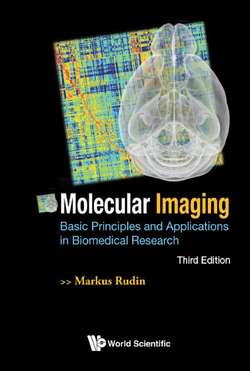Molecular Imaging

Реклама. ООО «ЛитРес», ИНН: 7719571260.
Оглавление
Markus Rudin. Molecular Imaging
Отрывок из книги
A Liliana e Valentina
The author of this volume, Professor Francesco Di Giacomo, a member of the engineering faculty of the University of Rome, was also, some 40+ years ago, a visitor in my group, at that time at the University of Illinois. More recently he set himself the daunting task of learning about the theory of electron transfer reactions, with a background that included some research on the quantum mechanics of potential energy surfaces but none on key aspects of electron transfer theory—the dynamical features of quantum and classical theory, the statistical mechanics of chemical reactions, and features such as nonequilibrium dielectric polarization. They form the core of the theory and its applications. To this end he supplemented his study of my electron transfer articles by many hour-long question and answer sessions that we held, largely via Skype. Francesco comes with a delightful background rich in cultural and scientific history, especially of the ancient Greek and Roman periods. It added another side to our many discussions, an aspect that does not come out in this book but is seen in articles he has published elsewhere. Our discussions on the electron transfer articles involved many fine points of the theory and of its history, points that are described in this book. With his background Professor Di Giacomo’s scientific questions have a fresh and novel point of view that was both interesting and challenging. It adds to the novelty of the book. Hopefully the readers will find it equally so, in their study of the theory, of its history and in exploring the many distinct concepts that electron transfer processes present.
.....
1.In the oxidation—reduction reaction of a given reagent with a series of related compounds such that the reactions’ ΔF0 is essentially the only parameter varied, a plot of ΔF* versus ΔF0 and hence of log k versus log K should be linear with a slope of 0.5 for ΔF0’s satisfying Eq. (3.26).
2.In the electrochemical case, the corresponding plot of ΔF* versus −nFηa (or of −RT/nF ln k versus electrode potential), the electrochemical transfer coefficient, should also be linear with a slope of 0.5.
.....